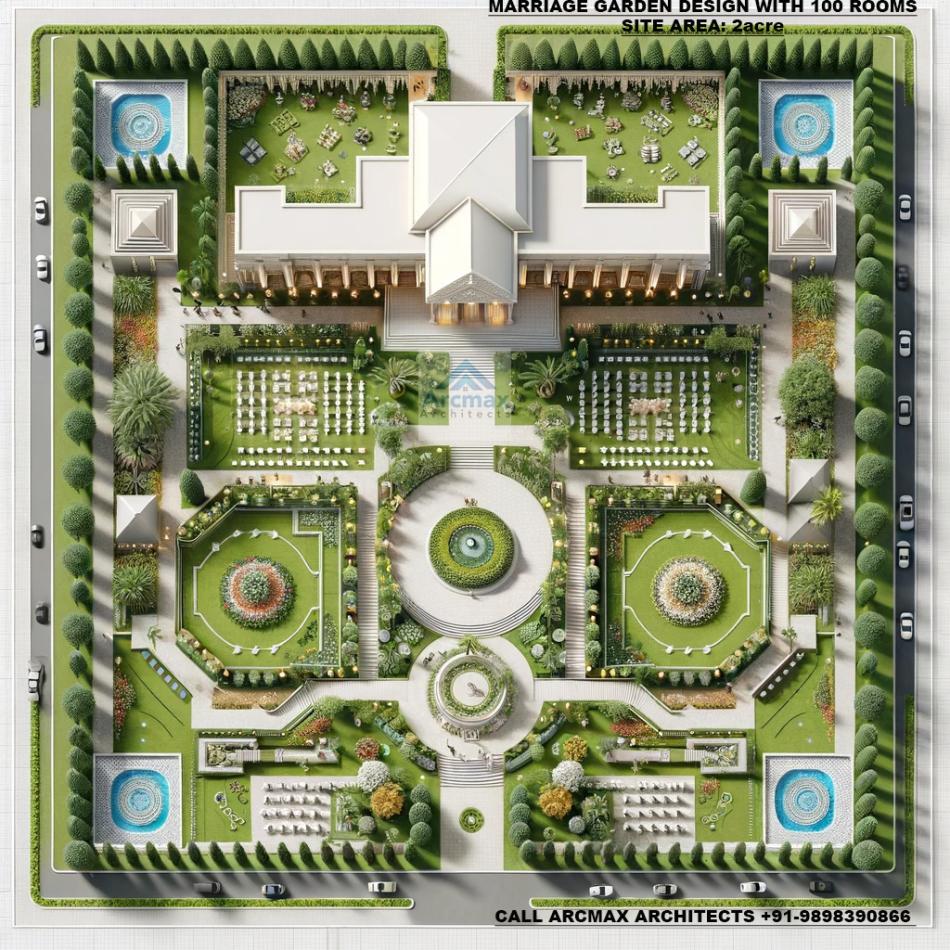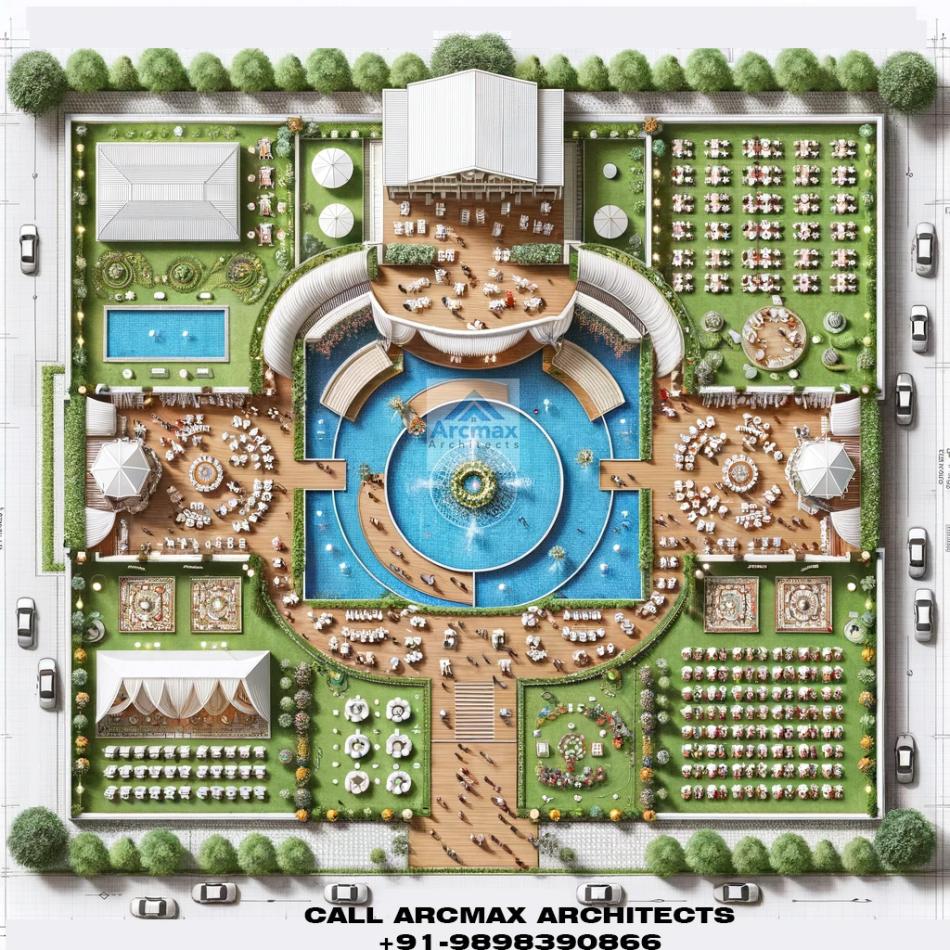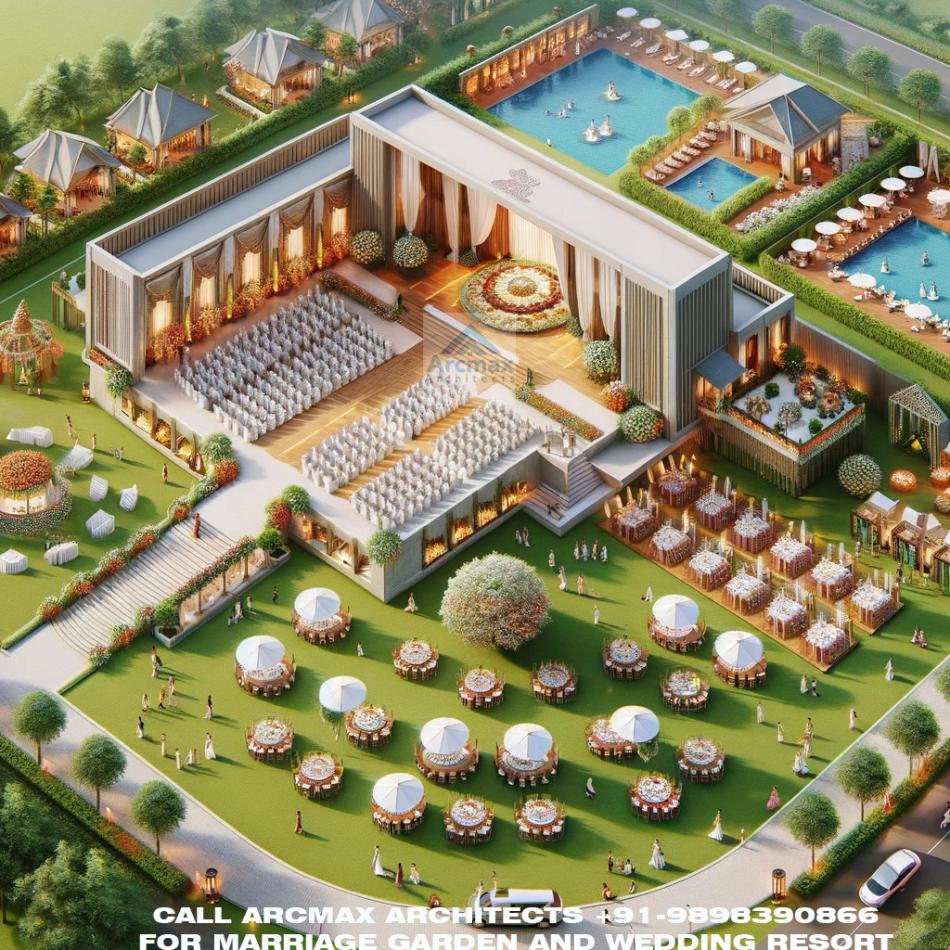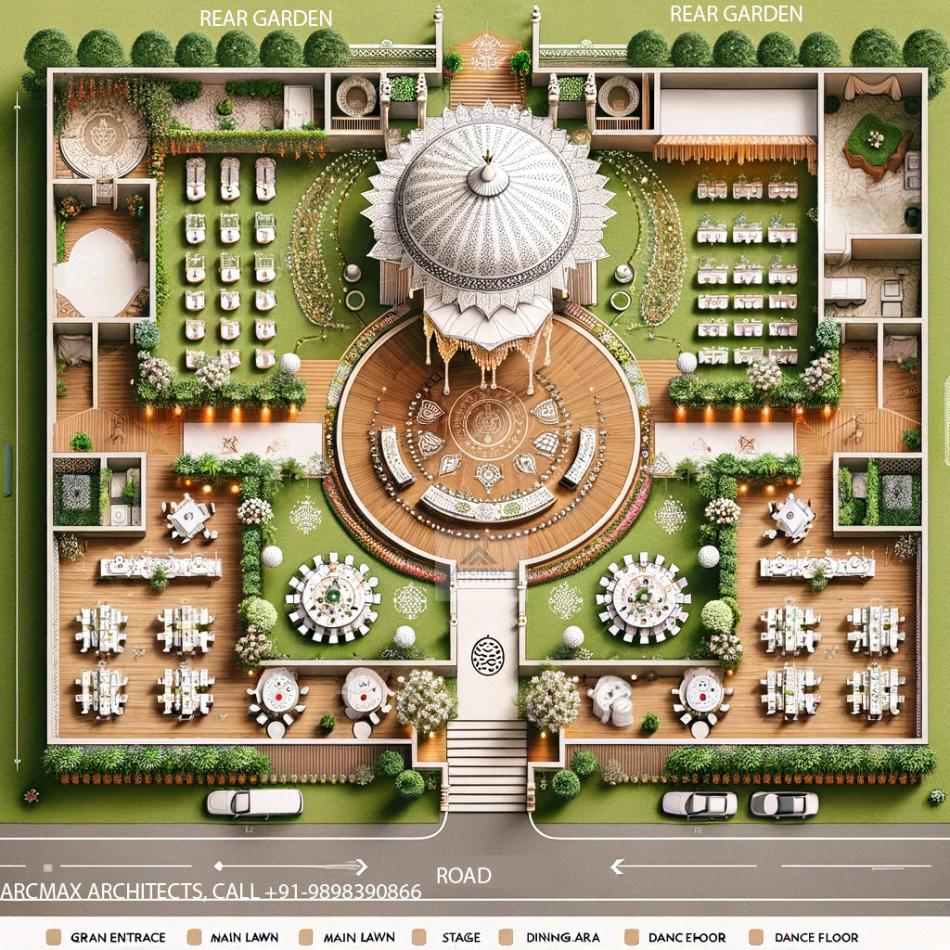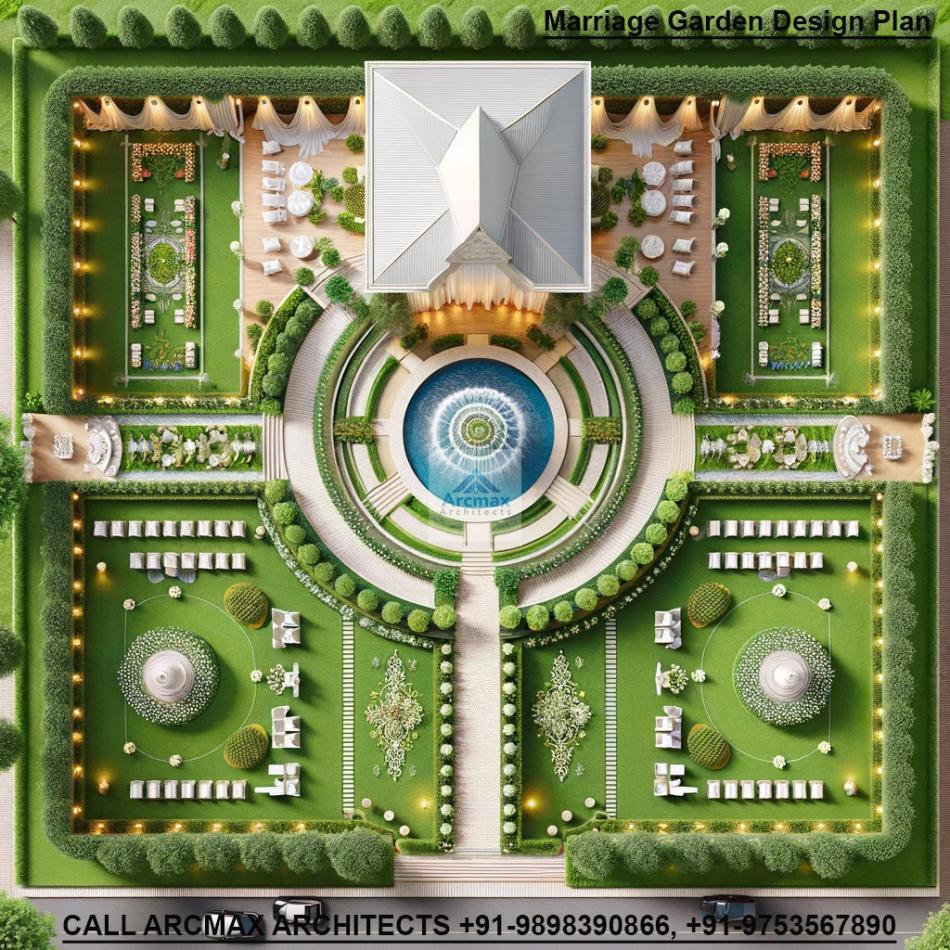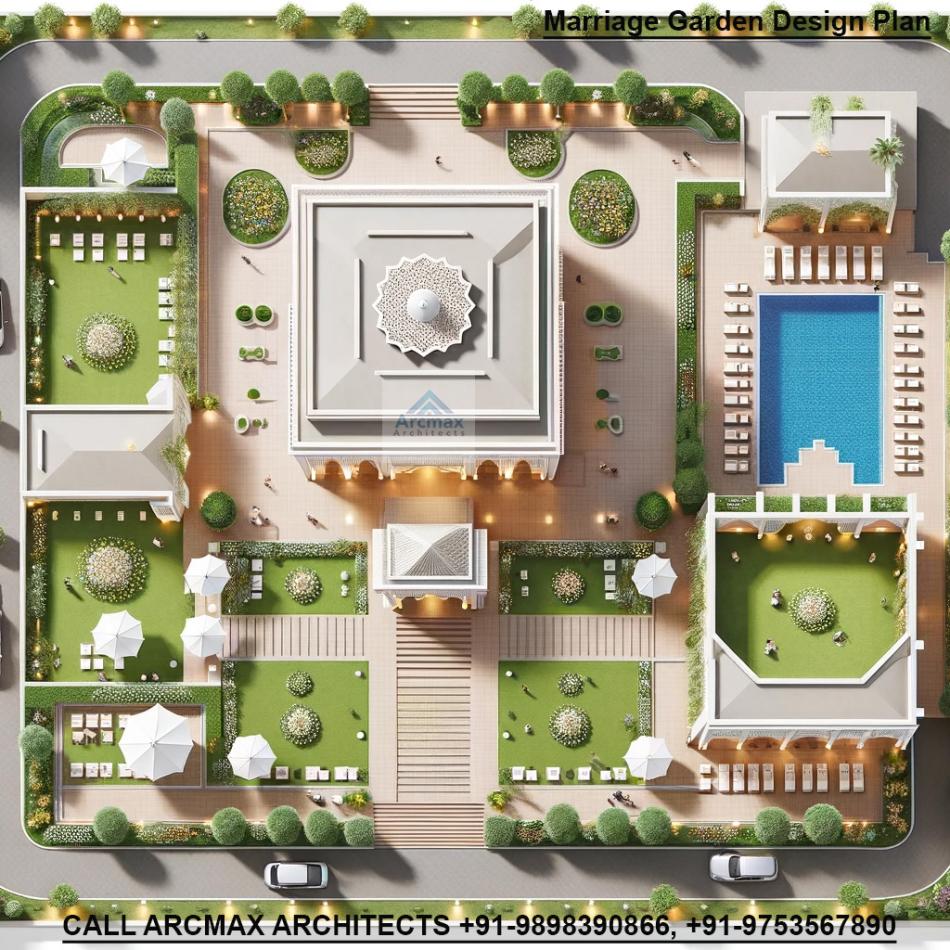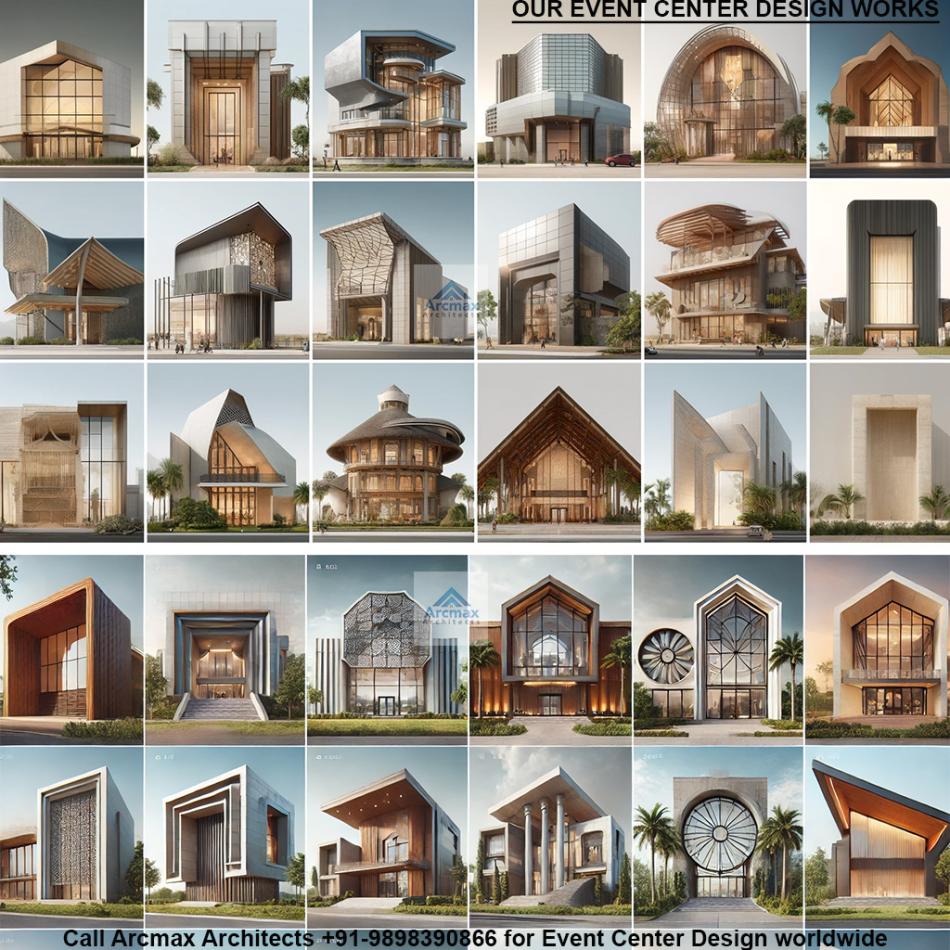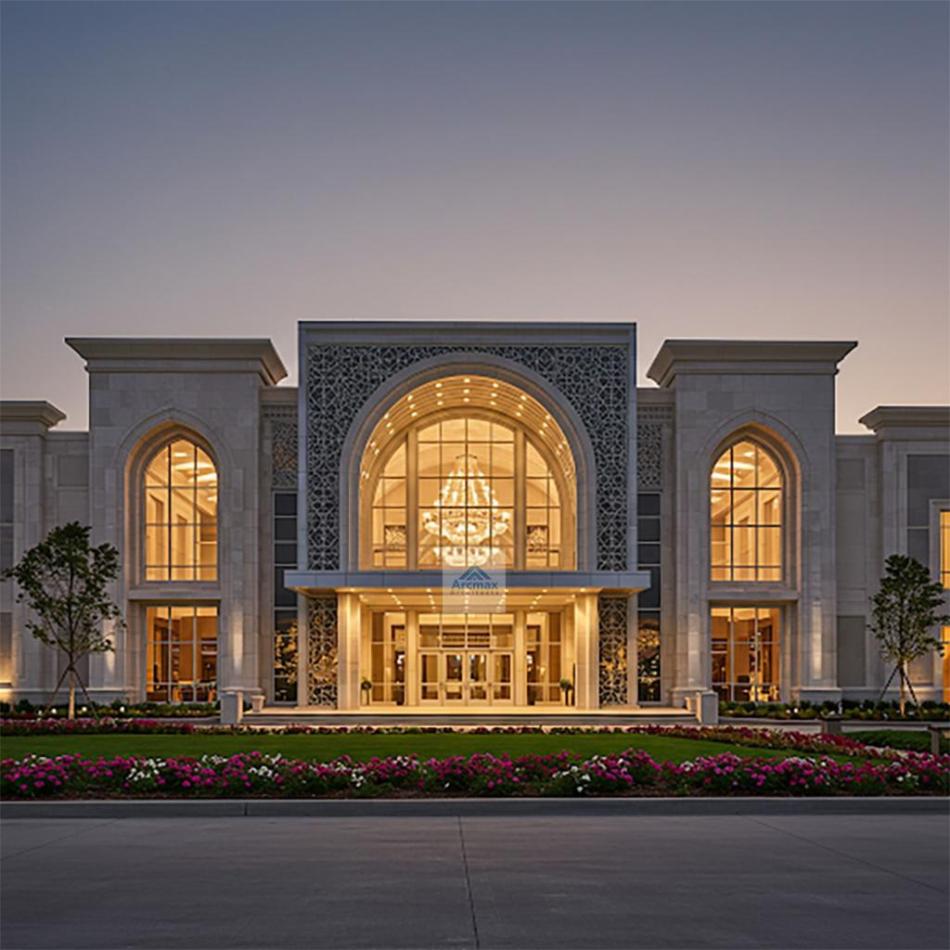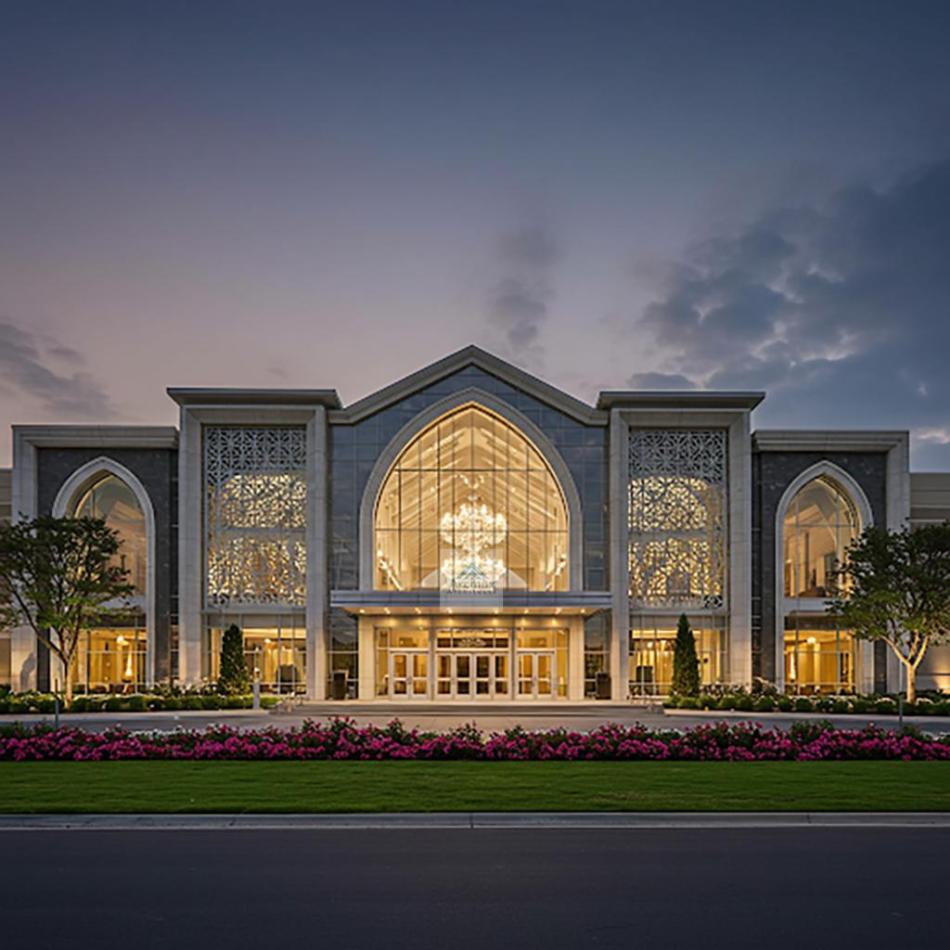Bakeri City, Pincode: 380015 Ahmedabad, Gujarat, India,
244 Madison Avenue, New York, United States
Our Client






Lighting Design for marriage garden campus
Lighting design plays a crucial role in transforming a marriage garden campus into a magical and inviting space for weddings and celebrations. Thoughtful lighting not only enhances the beauty of the garden and its features but also ensures functionality and safety for guests after dark. Here's how to approach lighting design for a marriage garden campus effectively:
1. Creating Ambiance
The primary goal of lighting in a marriage garden is to create a warm and enchanting ambiance that complements the natural beauty of the surroundings. Soft, indirect lighting can be used to evoke a sense of intimacy and romance, ideal for wedding ceremonies and receptions. Options such as fairy lights wrapped around trees, lanterns hanging from branches, or LED candles along pathways can add a whimsical touch.
2. Highlighting Key Features
Strategic lighting can be used to highlight architectural features, gardens, water bodies, and other key elements within the campus. Spotlights or uplighting can draw attention to specific trees, sculptures, or water features, turning them into focal points that enhance the overall wedding theme.
3. Functional Lighting for Safety and Navigation
Pathways, entrances, exits, and critical areas like parking lots require adequate lighting to ensure the safety and comfort of guests. Bollard lights, path markers, and step lights should be incorporated to guide guests smoothly around the campus, preventing accidents and ensuring easy navigation.
4. Zone Lighting
Different areas of the marriage garden campus may serve various purposes during an event, such as dining areas, dance floors, and lounging zones. Each of these areas requires specific lighting solutions to match their function. For instance, dining areas benefit from softer, ambient lighting, while dance floors may feature dynamic, colorful lights to create an energetic atmosphere.
5. Energy Efficiency and Sustainability
Incorporating energy-efficient lighting options is both cost-effective and environmentally friendly. LED lights, solar-powered lights, and timers or motion sensors to control lighting can significantly reduce energy consumption. Choosing sustainable lighting solutions reflects a commitment to environmental stewardship and can be a selling point for eco-conscious couples.
6. Flexibility and Control
Having a flexible lighting system that can be easily adjusted or controlled is crucial. Dimmer switches, programmable settings, and remote-controlled systems allow for quick adjustments to the lighting based on the time of day, weather, or specific event needs, ensuring the perfect atmosphere at all times.
7. Integration with Overall Design
The lighting design should seamlessly integrate with the garden's overall aesthetic and the event's theme. Whether the goal is to create a fairy-tale setting, a modern and sophisticated ambiance, or a cozy and rustic feel, the choice of lighting fixtures, colors, and intensities should complement the garden's design elements and the wedding's style.
8. Professional Consultation
Consulting with a professional lighting designer or landscape architect can provide valuable insights into innovative lighting solutions and technologies. They can help tailor the lighting design to the unique features of the marriage garden campus, ensuring a balanced blend of aesthetics, functionality, and safety.
Effective lighting design is key to transforming a marriage garden campus into a stunning and functional venue for weddings. By focusing on ambiance, safety, functionality, and sustainability, and by integrating lighting with the garden's natural and architectural features, you can create a captivating and memorable experience for couples and their guests



